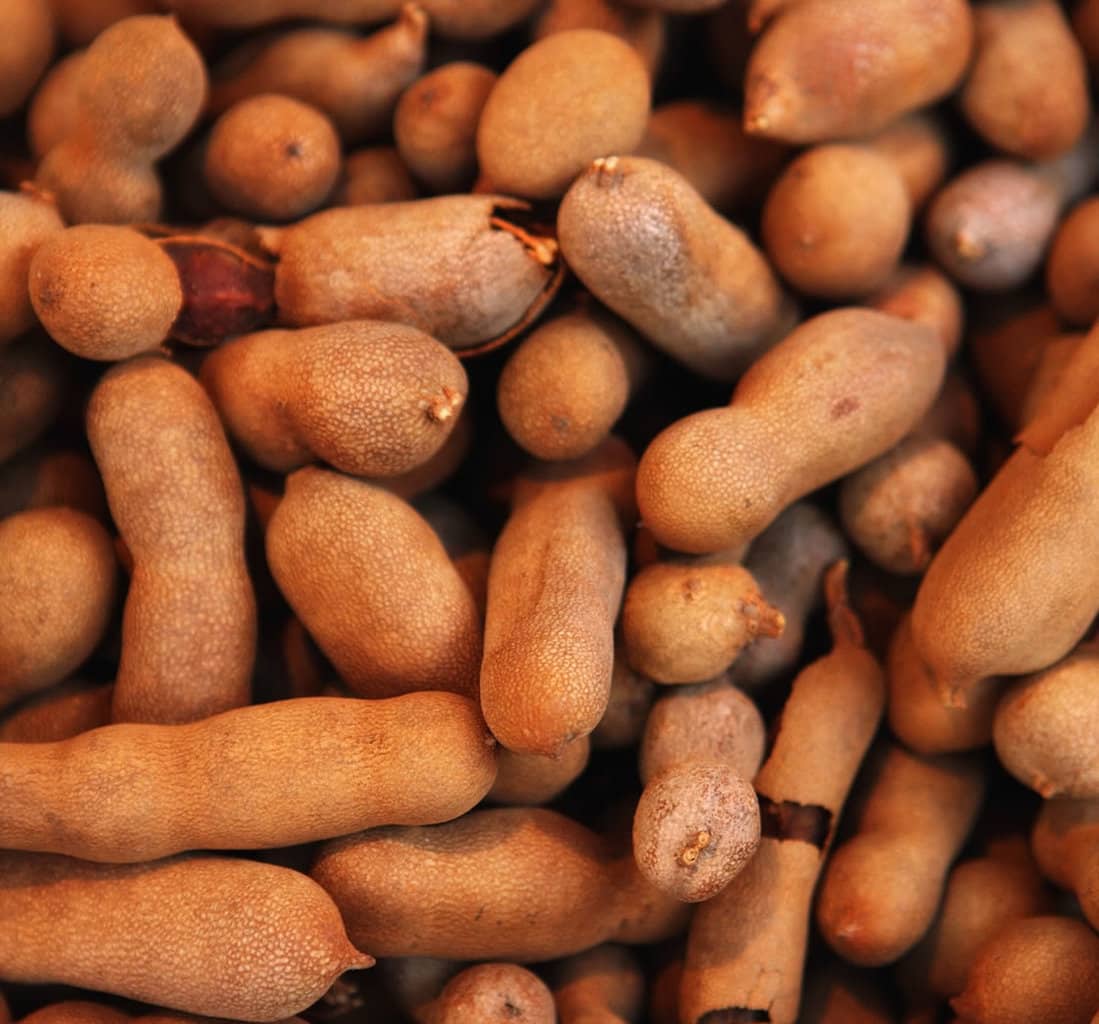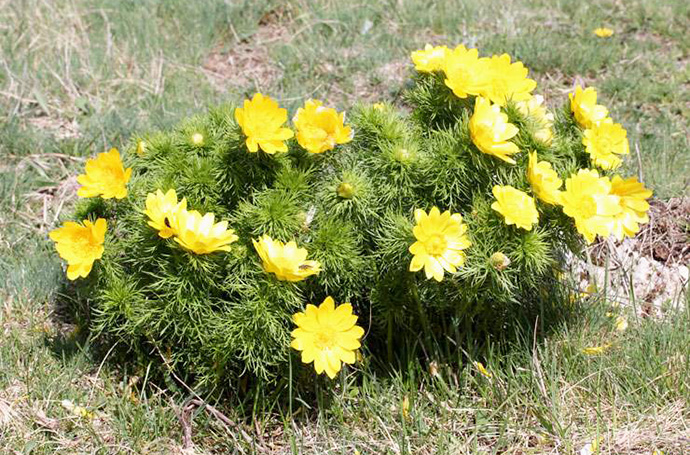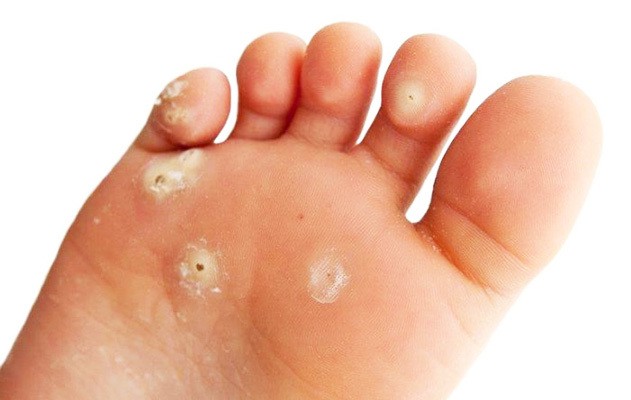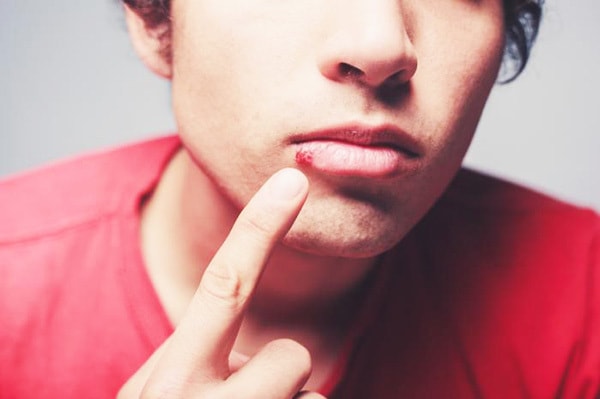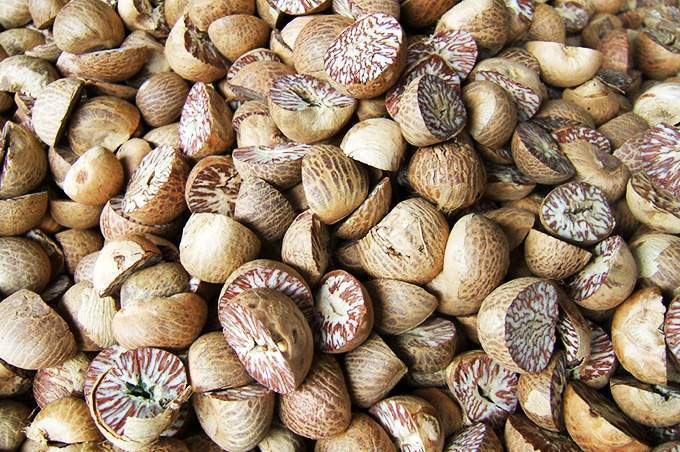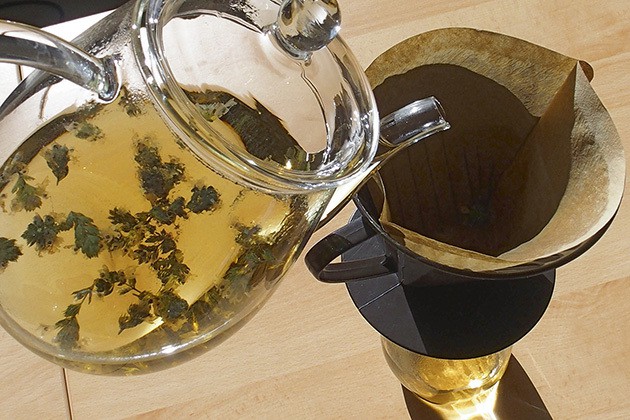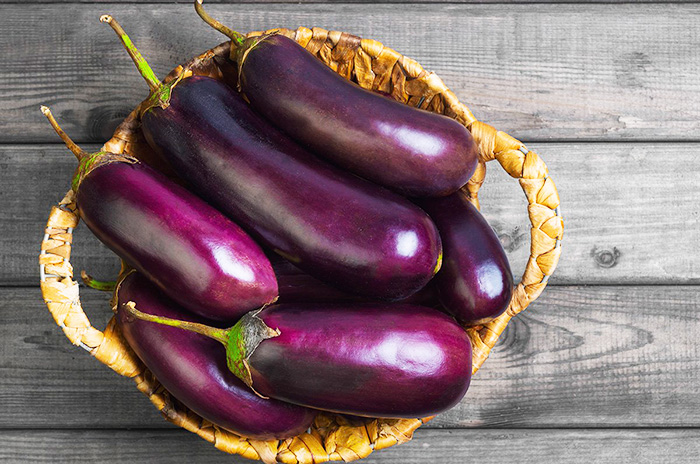Impetigo is a bacterial infection, which affects the superficial layer of the integument. Its causative agent is Staphylococcus aureus or Streptococcus pyogenes and is usually caused by breaks in the skin from eczema, scabies, and mosquito bites, poor nutrition, crowding, contact sports, and certain medical conditions, such as diabetes.
Epidemiology
Children are the usual subjects affected by impetigo on a global scale, as per Epocrates. As per the publication, about ten percent of children in the Unites States seek medical consult with chief complaints associated with the skin disorder. In the United Kingdom, as per the publication, the annual incidence of the disease is nearly 80 out of 100,000 children aged 0 to four years; however, it declines to about 50 for every 100,000 in children aged five to 14 years old and further decreases with age.
An impetigo variant called bullous impetigo may hit children of any age while nonbullous impetigo is more specific to newborns, although the latter may also affect various age groups. In infants, impetigo boosts the chances of sepsis, along with other life-threatening conditions, such as pneumonia. As per the publication, the spread of Staphylococcus aureus can be as high as about 40 percent for bullous impetigo and about 60 percent for the nonbullous form. In this regard, Methicillin-resistant Staphylococcus aureus, also known as MRSA, can be the causative agent involved in nonbullous impetigo cases.
Signs and Symptoms
Impetigo presents several signs and symptoms. As per Healthline, the symptoms include skin lesions, red sores, itchy rash, blisters, and swollen lymph nodes. Most cases are expected to present a yellowish crust on the arms, face, or legs, not to mention that large blisters may affect the armpits and the groin. In addition, some people with impetigo may report pruritic (itchy) or painful lesions while others may experience pyrexia or fever.
Home Remedies
As a skin disorder, impetigo may be relieved by the following home remedies. White vinegar is an option when it comes to natural impetigo management. According to Top 10 Home Remedies, white vinegar can be added to water to yield an antibiotic solution. As per the publication, a tablespoon of white distilled vinegar is mixed with two cups of lukewarm water. Then, a cottonball is soaked in the solution and is used to wash the infected skin. Next, the skin is pat dry and an over-the-counter antibiotic ointment is applied. Once done, the area is covered lightly with gauze. The procedure is done twice or thrice daily until the infection subsides.
Impetigo can also be managed with honey. According to Improvised Home Remedies, taking in some spoons of manuka honey prior to every meal helps the body fight the causative agent. In addition, honey has antiseptic effects, which naturally kills the bacteria, as per the publication.
Grapefruit seed extract is another agent a person can use as natural remedy to impetigo. According to Earth Clinic, the extract serves as a potent antioxidant and non-toxic disinfectant when used for topical skin disorders like impetigo. In a statement, as cited by the publication, Earth Clinic contributor JJ said that he was so happy and relieved to say that grapefruit seed extract had brilliantly worked to heal his condition.
While a number of home remedies can be used to treat impetigo, prevent is still better than cure. According to Healthline, good hygiene helps prevent the disorder and some measures include
Overall, impetigo may seem harmless; however, persistence of the condition, especially on the head or face, is considered threatening. Thus, it is vital to consult a health professional for proper assessment, planning, implementation, and evaluation.
Source: medicalnewstoday.com
